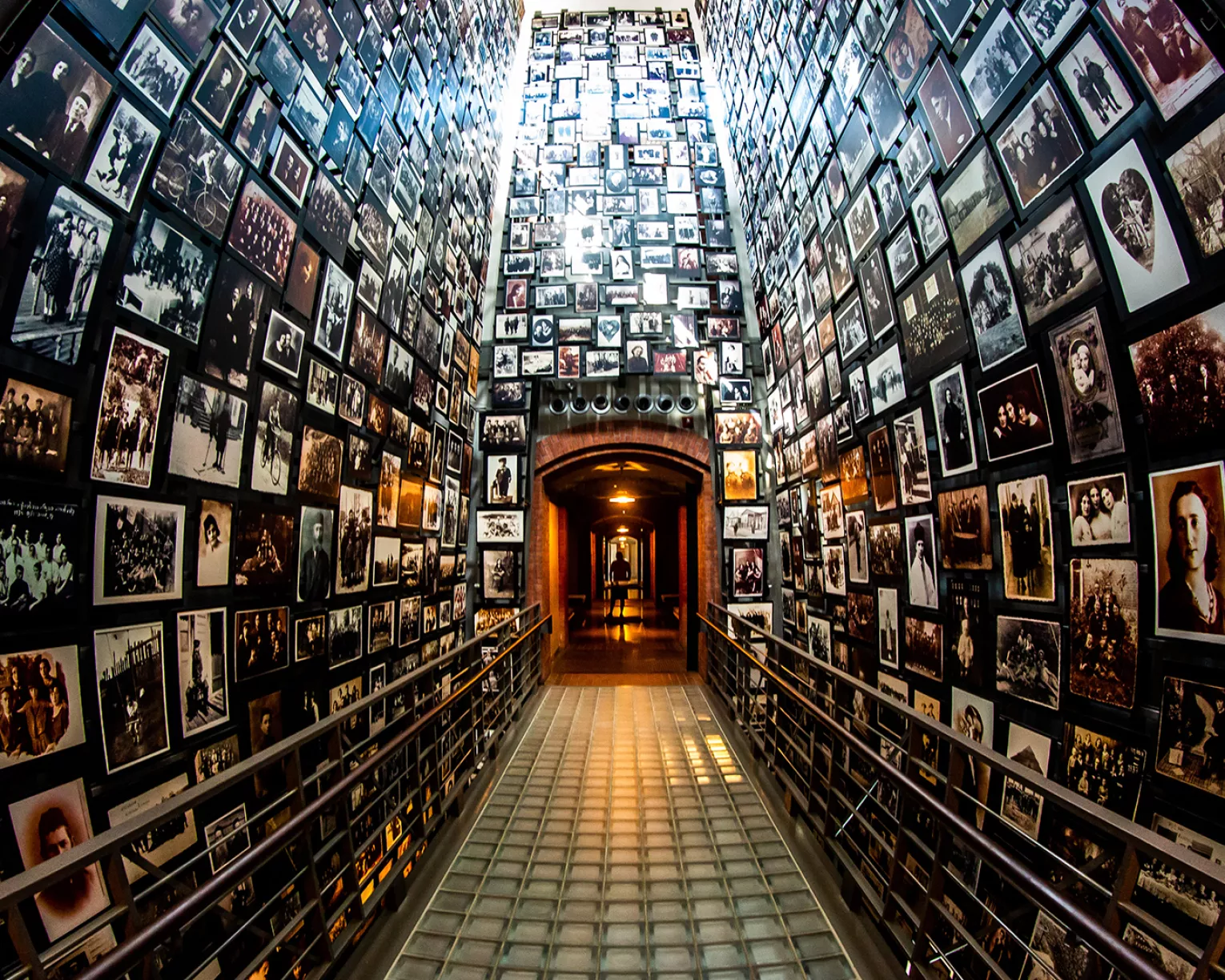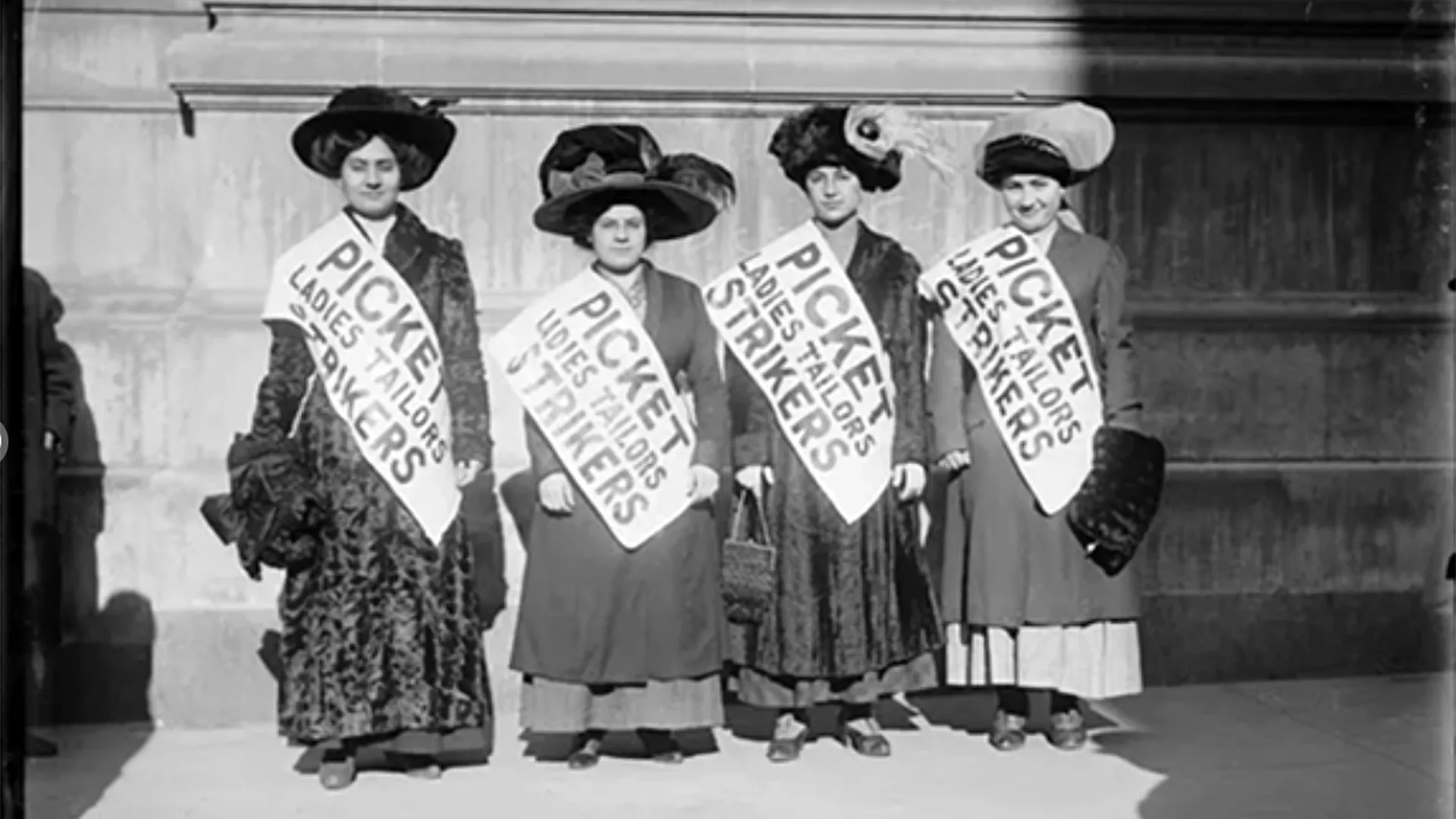Each May, our nation celebrates Jewish American Heritage Month, a time to honor the varied and vibrant history of Jewish Americans and explore their impact on the U.S., from its founding to today. The rich and remarkable stories of Jewish Americans driving and shaping key portions of the American Labor movement are particularly important for NEA members to recognize as we celebrate Jewish American culture in May.
Over the past two centuries, Jewish Americans have stood hand-in-hand with other workers to create and expand the role of unions in our economy, pushing the labor movement to broaden its scope, widen its representation, and fight for more protections and rights. From the early days of the garment industry to today’s biggest labor battles, the influence of Jewish American workers has forever changed the shape of American worker solidarity.
Shaping the American Labor Movement
While American workers began organizing unions as early as 1768, and the labor movement gained momentum and influence in the second half of the 19th century (read more in our history of the American Labor Movement). At the same time, immigration from Central and Eastern Europe was causing America’s Jewish population to skyrocket--from 3,000 in 1820 to 250,000 in 1860 to a tremendous 3.5 million by 1924.
“Most of these Jewish immigrants came from small towns and were not prepared for the noise, dirt, congestion, disease and crime rampant in the great American cities of that period,” says Bennett Muraskin, who writes about the history of Jewish people in the U.S. and their involvement in the labor movement.
Many Jewish immigrants had fled antisemitic laws and violence in Europe and appreciated the opportunities available for themselves and their children in the U.S. However, as Muraskin notes, they were often quickly disenchanted by working conditions in the jobs open to them, many of which were in sweatshops where long hours, unsafe environments, and poor pay were the norm.
Jewish labor law, texts, and values predisposed many Jewish workers to unions and solidarity movements. For example, Jewish justice activist Jeremy Burton notes how the story of Jacob and Laban highlights a “distinctly Jewish perspective on the imperative to create a just relationship between management and workers–one that is rooted in fairness and clarity of obligations.”

Beyond these religious and moral codes, many Jewish immigrants brought with them the progressive ideologies gaining popularity in Central and Eastern Europe. They were hopeful that in a new land they could experience better societies free from the persecution and oppression in the “Old World.” Disappointment in the exploitation within American society drove many of their organizing efforts. “It did not take long before they began to see trade unions as the path their economic and social progress,” Muraskin says.
Jewish immigrants became critical forces behind the founding and growth of unions. They organized in various specialized fields, particularly in the garment industry, which became a hub for the earliest union activity. In the 1880s, the newly formed United Hebrew Trades began establishing 22 unions for typographers, shirt makers, a kneepant‑makers, cloak‑makers, cap‑makers, bakers and even Yiddish actors. These and other small Jewish trade unions joined to be a moving force behind a nationwide strike to standardize an eight-hour day.
Jewish Americans also played a role in bringing unions together to increase their power, helping lead the development of the American Federation of Labor (AFL), which initially represented 13 unions in specialty trades. These solidarity efforts strengthened the labor movement by unifying worker power across trades. The AFL and similar organizations still play a major role for workers today.
Jewish Women Redefine Labor Leadership
"Among American Jews at the time, women often had more to overcome, facing discrimination in the workplace and in unions." They often earned considerably less than Jewish men and faced difficult and dangerous working conditions. For example, young Jewish women in the garment industry often made $3 a day, compared to the $7 to $12 daily pay men received for doing comparable jobs. Women workers struggled to have their voices heard, not only within their workplaces but also within their unions, as the predominantly male leadership often overlooked what they saw as an “ephemeral part of the workforce.”
The Uprising of 20,000 in 1909 and the rise of the International Ladies Garment Worker’s Union (ILGWU) challenged the status quo and created new opportunities for women in labor leadership. This movement began after horrible conditions in garment factories led workers to take to the streets in New York City.
A young Jewish woman, who had grown impatient with long speeches from men who offered no solutions to workplace issues, spurred the crowd to action. She took the stage and declared, “I am one of those who suffers from the abuses described here and I move that we go on a general strike.”
Though it became known at the Uprising of 20,000, experts say as many as 40,000 workers eventually walked off their jobs, as similar strikes followed in at least five other states. One expert estimates that 75 percent of the affected workers were young Jewish women who had immigrated to the U.S.
The nine-week strike led to the 1910 Protocol of Peace, an agreement between the increasingly powerful ILGWU and leading garment companies. It included the establishment of a 50-hour work week. The action is also credited with spurring the development of National Woman’s Day, which by many accounts was the brainchild of a young Jewish garment worker and union activist. It grew into International Women’s Day, which is widely celebrated today on March 8.
Jewish women fought for fair wages and reasonable working conditions, and also for respect, better living conditions and for their employers to recognize their need for a good quality of life. These efforts forever changed the labor movement, diversifying union leadership and bringing new ideas to the fight for worker rights.
Celebrate Jewish American Heritage Month with your students!
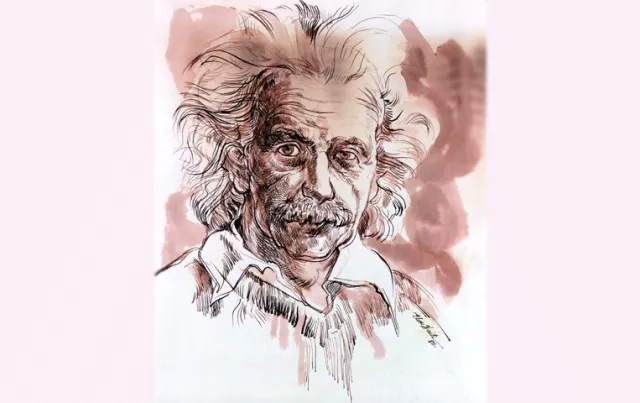
Jewish American Heritage Month Collections
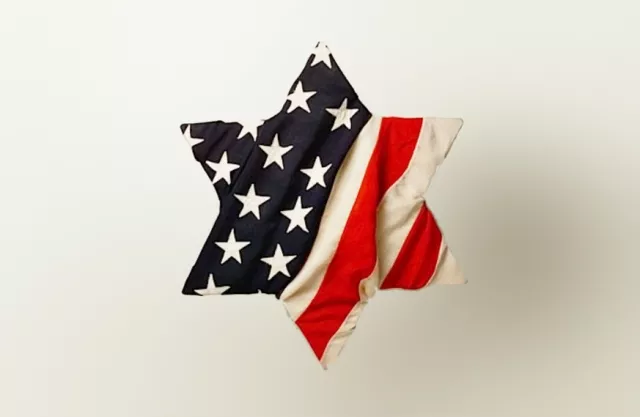
Lesson Plans on Jewish American History and Culture
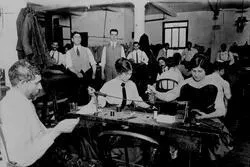
Jewish American Labor Legacy
Give Workers Bread, and Roses Too
Jewish women not only helped to change the face of labor leadership, they were a driving force behind “social unionism,” where union members work to better living and working conditions on a broader scale. Under social unionism, workers would come together, whether through contract negotiations or community organizing, to find solutions around housing, education, health care, arts, recreation, and more.
The rise of a popular rallying cry demonstrated this broadening of union goals: “bread and roses.” The phrase came from a popular poem and was chanted during labor and suffrage actions across the country. A young Jewish union activist put it this way: “What the woman who labors wants, is the right to live, not simply exist – the right to life as the rich woman has the right to life, and the sun and music and art… nothing that the humblest worker has not a right to have also. The worker must have bread, but she must have roses, too.”
Jewish workers were early pioneers in the social unionism movement. In the big garment unions and through Jewish organizations like the Workers Circle, they organized to create community health clinics, pensions, daycare centers, cooperative housing, labor banks, and solidarity structures. In the early 1920s, Jewish women from labor unions founded Brookwood Labor College and the Bryn Mawr Summer School for Women Workers, some of the first residential educational programs for union women, many of them from the garment industry.
The Great Depression activated a new generation of labor leaders, who greatly influenced the direction of Franklin Roosevelt’s New Deal. Jewish unionists in the Amalgamated Clothing Workers played a key role in “extending social unionism into the national legislative arena,” according to the Jewish Woman’s Archive. Jewish activism inspired bills around unemployment compensation, fair labor standards, and social programs.
Solidarity and the Modern Union
At that time, as Jewish Americans began to shift from the garment industry to positions in social work, retail sales, and office work, took their unionism with them. They helped organize groups like the United Office and Professional Workers Association and were among the founders of the Congress of Industrial Organizations (CIO). They also became teachers, and in major cities, the majority of union members in education were Jewish.
Jewish union members continued to join the fight for a labor movement that was more just and inclusive. For instance, a small CIO union, Local 111, took shape during the depression. They organized mostly Jewish pharmacists and other drug store worker and in the 1950s and as the union grew; members broadened their reach and helped organize Black and Puerto Rican hospital workers in New York City. Local 111 went on to support the civil rights movement and was one of three unions that formally opposed the Vietnam War.
In recent years, Jewish Americans have continued be a major force in the labor movement, serving as political leaders, heading the AFL-CIO, and serving as presidents of many top unions, including the Retail, Wholesale and Department Store Union, the American Federation of Teachers, and the Communications Workers of America. Recently, Jewish workers helped lead the Screen Actors Guild and the American Federation of Television and Radio Artists through long, visible strikes, which won a variety of concessions for workers facing a new range of challenges.
Jewish leadership extends to the National Education Association, where the Jewish Affairs Caucus advocates for issues which concern and affect Jewish people in education. Caucus members come together at the annual Representative Assembly to raise their voices for the Jewish community, as well as the human and civil rights of all people.
This Jewish American Heritage Month, President Becky Pringle joins NEA members in celebrating the large impact of Jewish Americans on labor history:
“Jewish Americans were at the birth of our nation’s labor movement—and they have been at the forefront of worker struggles for justice since then. The Jewish American tradition of collective action through unions profoundly impacted NEA and our members’ ability to advocate for educators and public schools nationwide."
"As we celebrate Jewish American History Month in May, it is a good time to recognize the important role the Jewish community has played in shaping American unionism and our public education system–a legacy the Jewish American community continues today.”
Are you an affiliate?
